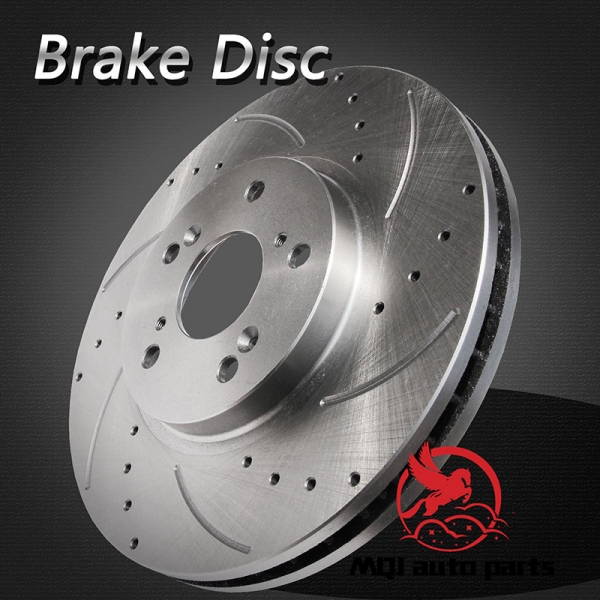


When the car starts, the center of gravity of the body begins to change and shift. When sitting in the car, you will feel a clear push back, your body will rush forward when you decelerate, and your body will swing in the opposite direction when you turn. In fact, it is relatively simple to understand that when starting, the gravity is shifted backward due to the sudden movement of the vehicle forward, from the original 60:40 to 50:50, or higher (depending on the acceleration of the vehicle starting). When the vehicle brakes, also due to the inertia of the vehicle, the gravity is shifted forward, from the original 60:40 to 70:30 or higher (regardless of the braking speed).
When the car brakes, the resistance provided by the friction between the wheels and the ground is the so-called "nodding" phenomenon, which also shows that the positive pressure of the front wheels on the ground is definitely greater than that of the rear wheels, which means that The front car brake disc is larger than the rear car brake disc, and the larger the car brake disc, the greater the braking force. When the car brakes, the front wheels can get more braking force because of the greater positive pressure on the ground on the front wheels. Therefore, in the design, the car brake disc of the front wheel is designed to be larger to take advantage of this feature. In addition, the vehicle drives forward most of the time, so most of the time when braking, the gravity transfer is from the back to the front, which determines that the front wheel braking system of the vehicle must be stronger than the rear wheel, so as to make The vehicle can effectively stop the vehicle when it needs to brake.

